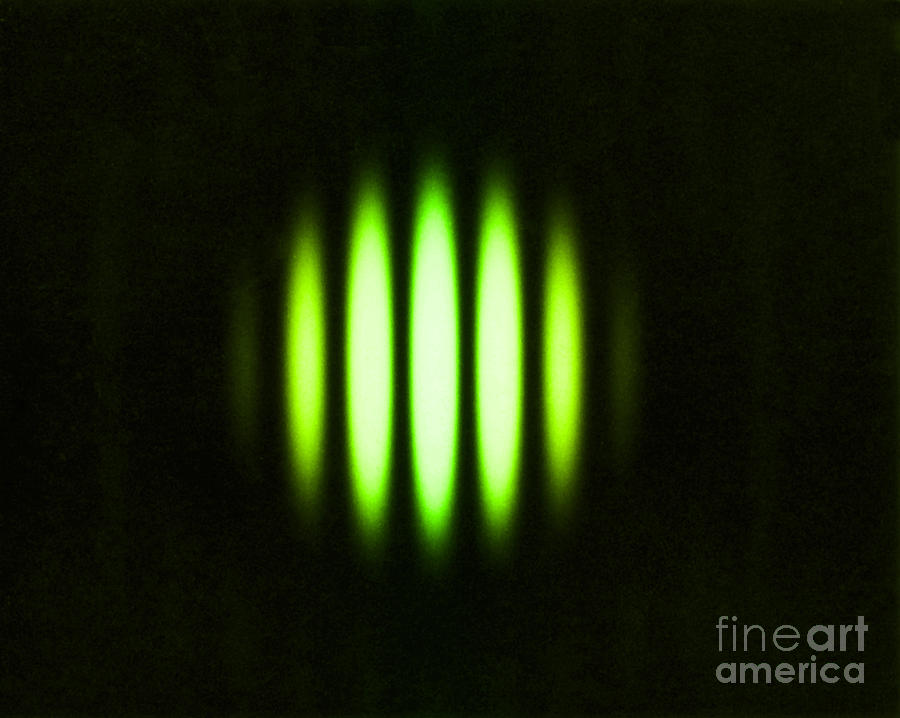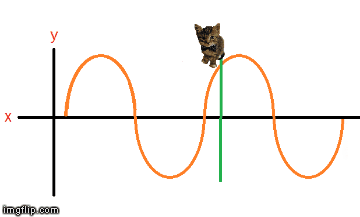We have already seen that when a ray of light travels from air into glass its direction is changed (have a look at this post for a refresher): The angle between it and the normal line ( the line at right angles to the boundary between the two substances) gets smaller in the denser medium. When the light goes back, the opposite happens: The angle gets bigger.
 |
| Above: A light ray entering something denser. |
 |
| Above: A light ray going from something dense to something less dense. |
That leads to something slightly odd: If the ray's angle to the normal line is already pretty big inside the glass, it's possible for it to become bigger than 90 degrees as it moves into the air.
Which looks like this:
Above: Video courtesy fo QuantumBoffin.
Even though the surface isn't a mirror, the light cannot get out of the glass! In fact you might well have seen this if you've ever swum underwater:
This effect is called 'total internal refraction', and the maximum angle to the normal line that an incoming ray can have, before it undergoes total internal refraction, is called the 'critical angle'. To find the critical angle we use this equation:
Uses:
The use for total internal reflection you're probably most familiar with is the 'cat's eyes' on the road*. Have you ever noticed how real cats eyes reflect light, and seem to glow from the inside?
 |
| Like this: Cute, yet ever so creepy. You just know they're planning on eating you. |
This effect inspired Percy Shaw to build an artificial version, for marking the edges and middle of roads. An actual cat has a layer of reflective cells at the back of the eyeball, that let it 're-use' incoming light to see better, but a lot of modern versions use a transparent block with lots of tiny cube shaped facets embedded into one face. In this type of reflector, light enters the smooth face, and then bounces around the back surface as a result of a total internal reflection - like this:
Above: Video courtesy of Thorlabs.
Another use is in tracking criminals, by their footprints!
Revision questions:
1:
What is the critical angle for a ray of light passing from inside a body of water to the empty air above? Water has a refractive index of 1.3, and we'll assume air has an index of 1.
2:
How does the critical angle change if a sheet of glass with refractive index 1.5 is placed on top of the water?
Answers here.
*If I were a bad man I'd make a roadkill joke there, but I'm not so... whoops.









































